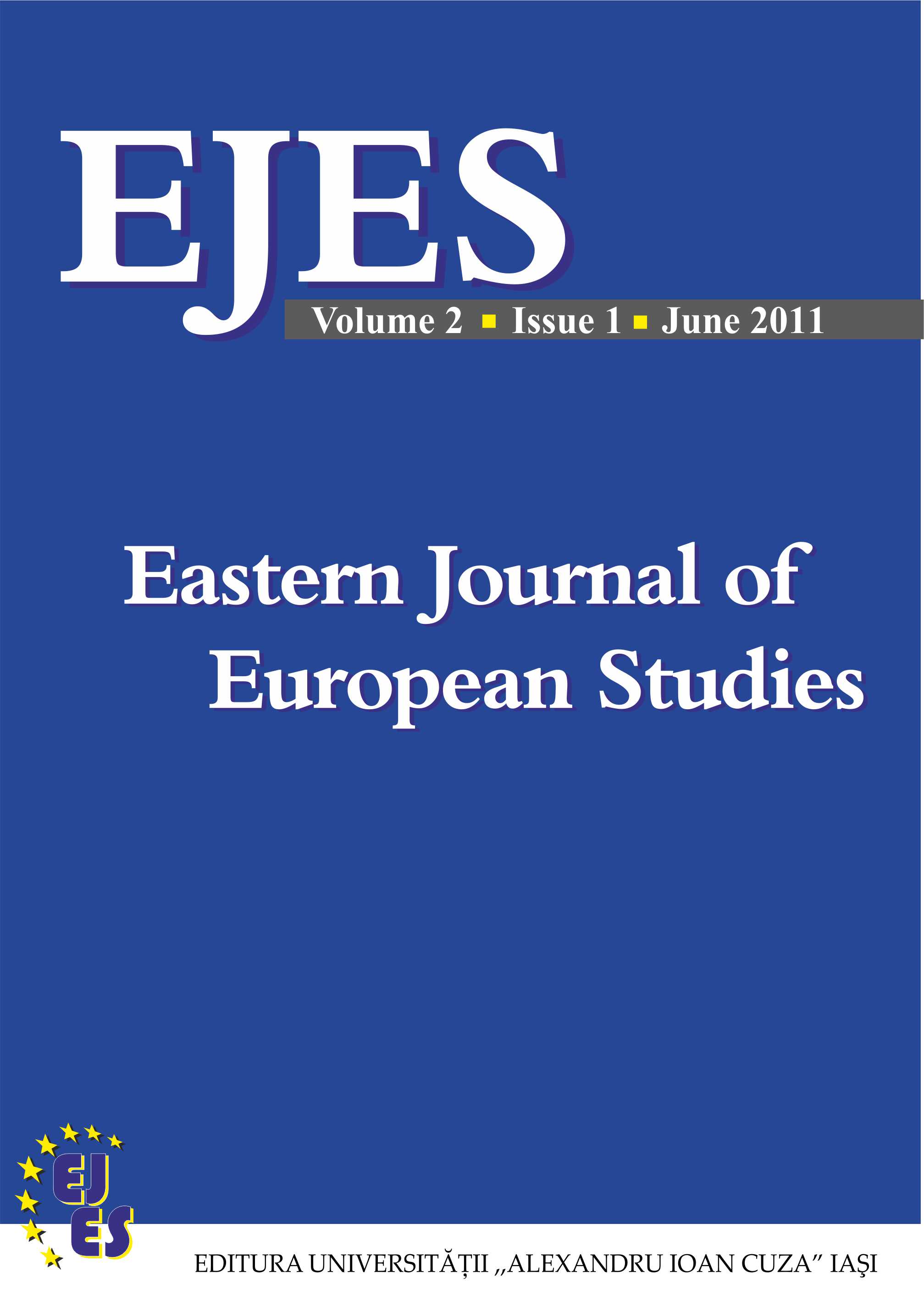The increase of rural development measures efficiency at the micro-regions level by cluster analysis. A Romanian case study
The increase of rural development measures efficiency at the micro-regions level by cluster analysis. A Romanian case study
Author(s): Maria Vincze, Elemer MEZEISubject(s): Politics / Political Sciences
Published by: Editura Universităţii »Alexandru Ioan Cuza« din Iaşi
Keywords: global-local; rural localities typologies; factor analysis; cluster analysis; North-West region; Bistriþa-Nãsãud county of Romania;
Summary/Abstract: The aim of this paper is to demonstrate the role of cluster analysis of rural localities as the basis for a more efficient way of choosing the rural development measures to be used to stimulate rural socio-economic growth. We present evidence of the typologies of rural localities determined by hierarchical cluster using the Ward method. We used five groups of criteria: 1. characterising labour force supply (10 indicators); 2. those which describe the structure of employment via economic activities (5 indicators); 3. characteristics of living standards (7 indicators), 4. labour force, natural resources and local income characteristics (11 indicators). All of these indicators, used in the first stage of factor analysis, and in the second stage in the cluster analyses, permit classification of rural localities in different clusters, which, generally need different measures for rural employment growth. We offer a short description of the groups of localities which belong to different clusters. This information can help local, county and regional level decision makers to identify the most efficient approaches to stimulating rural development.
Journal: Eastern Journal of European Studies
- Issue Year: 2/2011
- Issue No: 1
- Page Range: 13-39
- Page Count: 27
- Language: English

